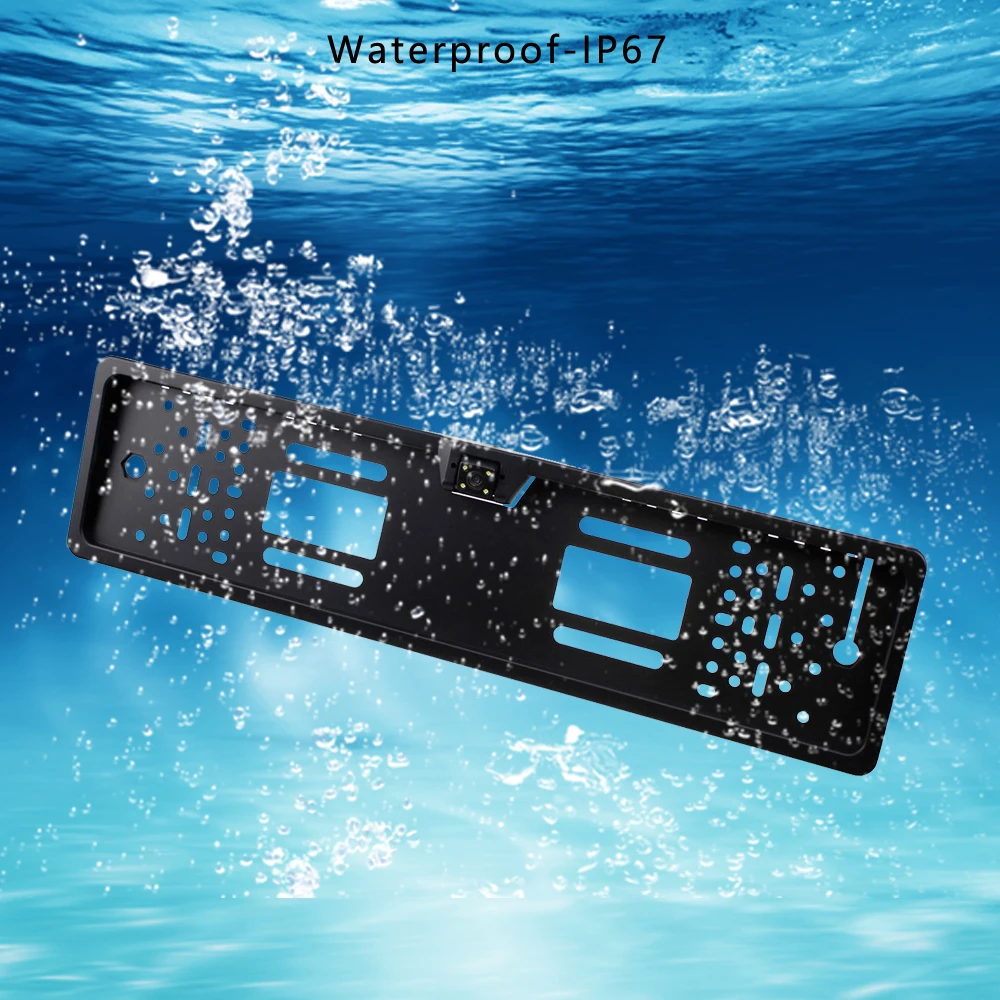
Important note: You will need an interface with the same number of inputs you want to be able to record. If you have a mixer that’s got something like 16 inputs and you want to use those to record an entire band, if it’s not a mixer capable of doing multi-track recording, you’ll need to connect it to an Audio Interface via the inserts. The left main output will carry the signal of one microphone and the right main output will carry the signal of the other one, which will in turn be plugged into inputs 1 & 2 of the audio interface, essentially providing you with two separate mic signals. Now, if you are recording two microphones, for example, you will need to pan one mic 100% to the right and the other one to the left on the mixer, so that only one mic can be heard through the right and left channels respectively. To connect a mixer to a USB audio interface using only the Main Output on the mixer you will need either an XLR, ¼” or RCA cable, depending on your mixer, and connect those outputs to the inputs on your Audio Interface. This isn’t an issue when you’re recording only two inputs, say two microphones, but if you want to record something like a drum kit, having everything summed to a single stereo file doesn’t leave you with much post-processing room in the DAW, but more on this in a second! Using the Mixer Main Outputs

It’s worth noting, however, that even though some mixers nowadays come with a USB port that would allow you to record directly into your PC, most of them only let you record the stereo out (Left and Right Main outputs). Hooking up a mixer to an interface isn’t as complicated as it may seem, since all you need to do is find where the signal is being output on the mixer and connect that to the inputs on the audio interface. To connect a mixer to an audio interface you need to connect either two XLR, ¼” or RCA cables from the main output on the mixer to the inputs on the audio interface, or you could use the inserts on the mixer to connect to the inputs on the audio interface (generally used for connecting high channel-count mixers to interfaces that offer multiple inputs).
Mixer to recorder signal path how to#
So, without any further ado, let’s get started! How to connect a Mixer to an Audio Interface In this article, I will be talking about how you can connect your mixer to an audio interface (there’s more than one way), what cables to use, and what better alternatives there are. But in short, you can use your mixer in a live setting while still being able to record either the stereo out or even every single track into your DAW. Now, this does depend on multiple factors, which I’ll be getting into in this article.

However, you can connect all your gear to a mixer, process the audio and create a nice-sounding mix that gets sent to the main output while still having the option of recording all those tracks as well for later use. Mixers are known for their live applications, while audio interfaces are better known for recording in a studio.


 0 kommentar(er)
0 kommentar(er)
